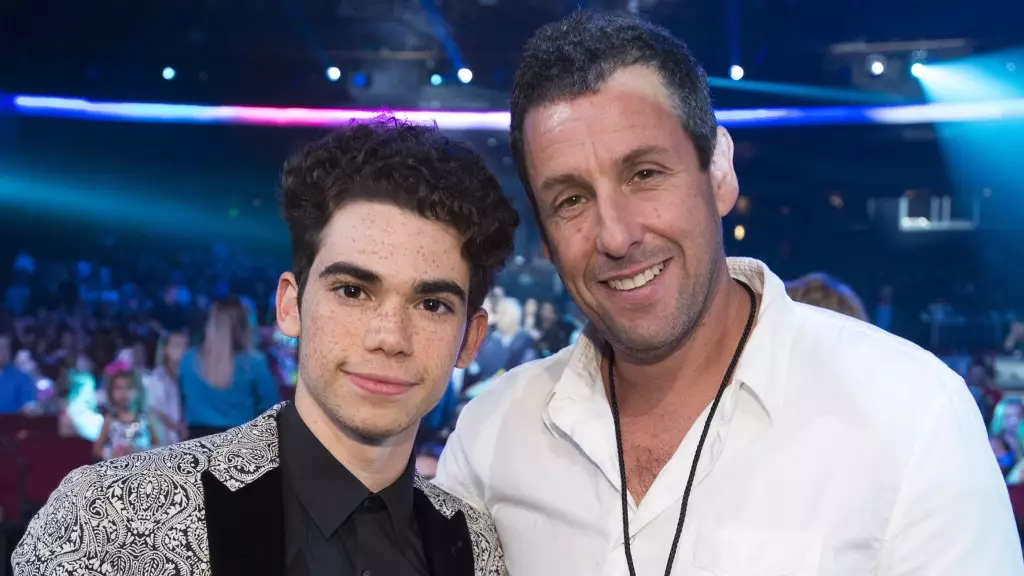In the entertainment industry, the loss of a young, promising star leaves an indelible mark on fans and colleagues alike. When Cameron Boyce tragically passed away at only 20 years old, his former colleagues and fans sought meaningful ways to keep his memory alive. One poignant example is Adam Sandler’s recent inclusion of a subtle tribute in “Happy Gilmore 2.” Observant viewers noticed a TV in the background of one scene displaying a clip from Disney’s “Jessie,” featuring Boyce. This quiet homage exemplifies how creatives find powerful ways to honor the departed without overwhelming the narrative. It demonstrates that even a fleeting glimpse can serve as a symbol of remembrance, fostering a collective sense of connection and respect.
Such small-scale tributes resonate profoundly because they speak to the enduring nature of human bonds within Hollywood’s close-knit community. They offer a reminder that grief doesn’t fade with the passage of time but can be channeled into meaningful gestures that honor a person’s spirit. This approach also allows audiences to participate emotionally in remembrance, reinforcing the idea that a celebrity’s impact extends beyond their on-screen roles and into the hearts of those they touched.
Challenging Conventional Mourning—Transforming Loss into Legacy
What makes these tributes particularly compelling is their capacity to redefine how the industry processes tragedy. Unlike traditional memorials, which are often formal and static, these subtle nods serve as living testimonials to an individual’s influence. Cameron Boyce’s case exemplifies this; despite his untimely death, his friends, family, and fans continue to celebrate his life through memorials embedded within the cultural fabric.
Adam Sandler’s memorialization, especially within the context of “Hubie Halloween,” which was intended as a lighthearted comedy, reflects a conscious effort to preserve Boyce’s legacy amid sorrow. The foundation his family established further underscores this mission: transforming grief into activism by fundraising for epilepsy research and raising awareness about medical conditions that took Boyce’s life. In this sense, personal loss fuels broader societal change, illustrating that remembrance can serve as a catalyst for positive transformation.
Reflections on the Fragility and Resilience of Celebrity Legacies
Cameron Boyce’s story reminds us that fragility and resilience coexist within fame. His death due to epilepsy exposes the vulnerabilities behind celebrity personas, challenging the notion that stars are invincible. Yet, his enduring influence through tributes, philanthropy, and the fond memories shared by colleagues like Sandler reveal resilience—how a young talent’s light can continue to shine beyond physical life.
Despite criticisms of overly sentimental gestures or perceived exploitation of grief, genuine memorials foster authentic connections. They challenge Hollywood’s often superficial portrayal of mourning, advocating instead for sincerity and purpose. Boyce’s legacy demonstrates that even amid tragedy, hope and inspiration can flourish, reaffirming that true influence isn’t measured solely by box office numbers but by the compassion and unity it inspires within a community.
By critically examining these acts of remembrance, we understand that they serve a purpose far beyond mere nostalgia—they’re declarations of enduring human connection and a testament to the profound impact one life can leave on the world.
